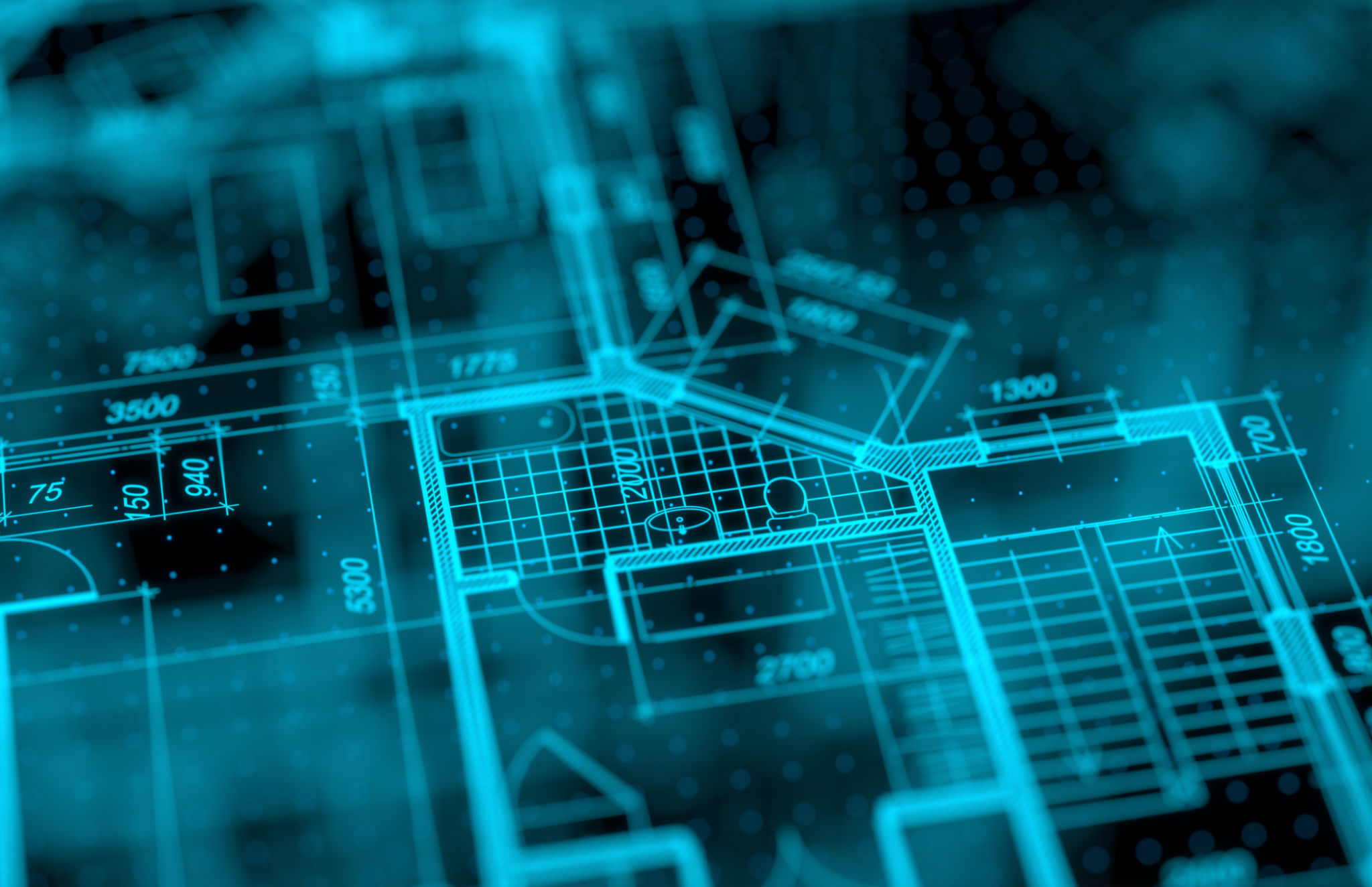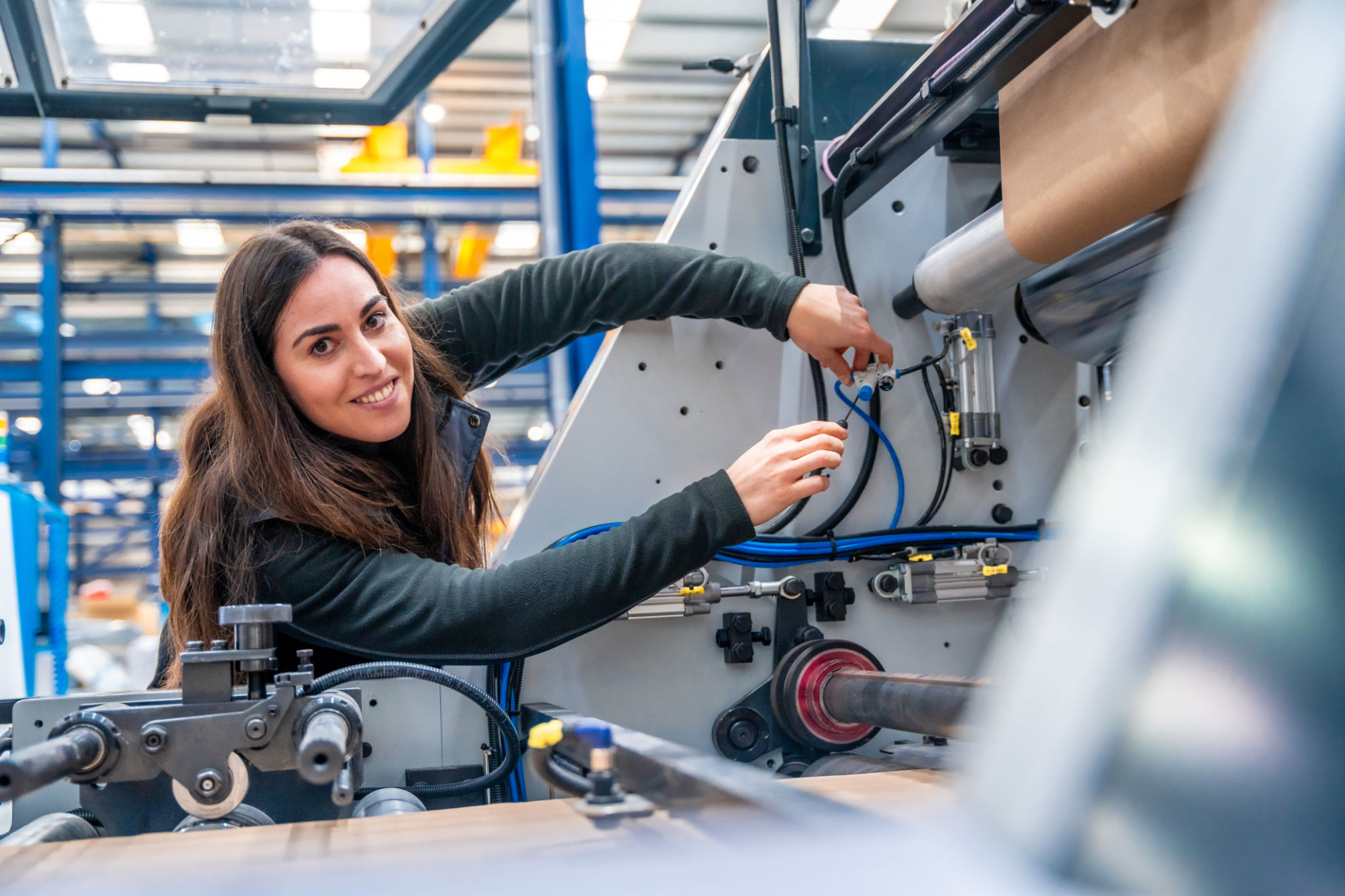Understanding the Role of CAD Drafting in Modern Mechanical Design Engineering
The Evolution of CAD Drafting in Mechanical Design
In the realm of modern mechanical design engineering, Computer-Aided Design (CAD) drafting has transformed from being a supplementary tool to a cornerstone of the industry. Its evolution has allowed engineers to push the boundaries of design precision and efficiency. As technology advances, the role of CAD drafting continues to expand, providing engineers with unparalleled capabilities to visualize and perfect their creations.
Initially, CAD systems were used primarily for creating two-dimensional drawings. However, with technological advancements, they now offer three-dimensional modeling, enabling more detailed and comprehensive representations of components and systems. This shift has not only enhanced the accuracy of designs but also facilitated better communication among team members.

Enhancing Accuracy and Efficiency
One of the most significant advantages of CAD drafting is its ability to enhance design accuracy. Traditional drafting methods were prone to human error, but CAD systems allow for precise measurements and modifications. This precision reduces the likelihood of errors in the manufacturing process, saving both time and resources.
Furthermore, CAD drafting dramatically improves efficiency. Engineers can easily modify designs without starting from scratch, allowing for rapid prototyping and iterative improvements. This capability is crucial in today's fast-paced engineering environment where time-to-market is critical.

Facilitating Collaboration and Innovation
CAD drafting plays a pivotal role in facilitating collaboration among engineers and designers. With cloud-based CAD software, team members can work on the same project from different locations, ensuring that everyone is on the same page. This collaborative approach not only fosters innovation but also accelerates the design process.
The ability to simulate designs in a virtual environment before physical production is another vital aspect of CAD systems. Engineers can test various scenarios and identify potential issues early in the design phase, reducing the risk of costly mistakes during manufacturing.
Integrating with Other Technologies
As technology continues to evolve, CAD drafting software increasingly integrates with other advanced technologies like 3D printing and artificial intelligence (AI). These integrations further enhance the capabilities of mechanical design engineering, allowing for more complex and innovative designs.
For instance, AI-driven tools within CAD software can suggest design optimizations based on specific criteria, such as material efficiency or structural integrity. This synergy between CAD and AI empowers engineers to make more informed decisions, ultimately leading to better product outcomes.

The Future of CAD Drafting in Mechanical Design
The future of CAD drafting in mechanical design engineering looks promising as technologies continue to advance. Emerging trends such as virtual reality (VR) and augmented reality (AR) are beginning to make their way into CAD systems, offering immersive design experiences that were previously unimaginable.
As these technologies mature, they will likely become integral parts of the CAD environment, providing new ways for engineers to interact with their designs. This evolution will undoubtedly lead to even greater breakthroughs in mechanical design engineering.
In conclusion, CAD drafting is an indispensable tool in modern mechanical design engineering. Its ability to enhance accuracy, improve efficiency, facilitate collaboration, and integrate with emerging technologies makes it a powerful ally for engineers worldwide. As we look to the future, the potential for innovation in this field is virtually limitless.